How to Develop Emotional Intelligence in Children
This post may contain affiliate links.
by teacher, administrator and speaker, Michelle Macchia.
It is predicted that by the time our children join the workforce, they will be expected to work in ways that are quite different from the way in which previous generations have been required to work. They will be expected to be fluent in digital media, apply critical thinking skills to solve complex problems, and collaborate with colleagues and clients of various cultural backgrounds.
We are already starting to see this phenomenon in our daily lives. Our schools, neighborhoods, and communities are becoming more diverse. World travel and communication with people from around the world are commonplace. It is also becoming a rite of passage for some students who complete service learning projects which promote scholarship, fellowship, and community service. Our children are being taught to unlock their cultural treasure chests by learning about others and leaving their cultural imprint on the world. Let’s face it: Our world is becoming smaller. And that’s where the advantage of emotional intelligence comes in.
Parents and educators can use literature to teach their children and students how to be more compassionate and inclusive of others. Developing high emotional intelligence in our children is an attainable goal when we use all of the great literature resources that are available. Rich language and inviting illustrations allow us to step inside the worlds of people from backgrounds that are very different from our own–they beckon us to sit in on the conversations, experiences, and feelings of others.
Emotional Intelligence in Children
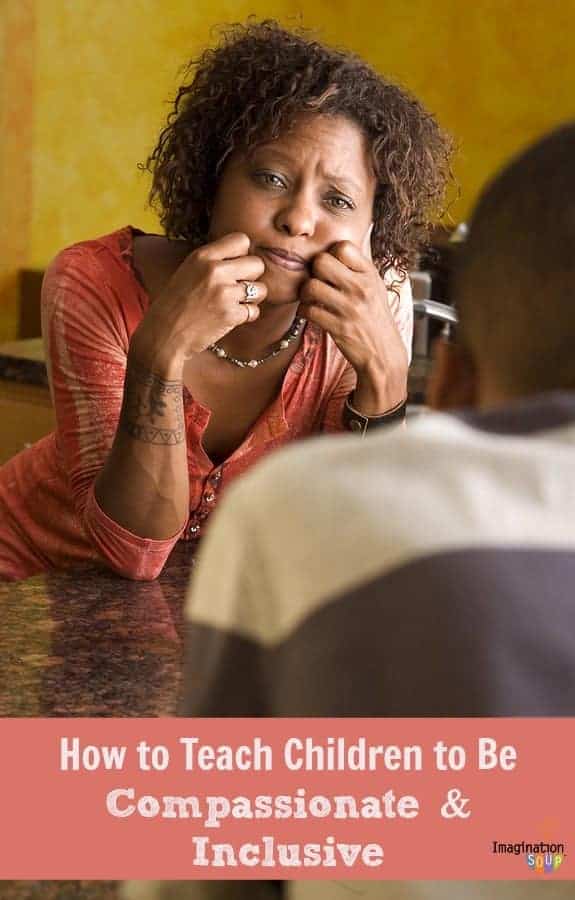
But where do you find this culturally rich literature?
Lee & Low is one excellent source. It specializes in culturally authentic literature for children and young adults. Their website offers resources for home and school, including a section about discussions on race and titles that support these discussions. Educators will also appreciate the downloadable Active Learner Classroom Guides for their publications, which can be sorted by cultural interest and reading level. Here are some of my favorite Lee & Low books:
• Armando and the Blue Tarp School by Edith Hope Fine and Judith Pinkerton Josephson
• Caravan by Lawrence McKay, Jr.
• George Crum and the Saratoga Chip by Gaylia Taylor
• Bird by Zetta Elliott
• How We Are Smart by W. Nikola-Lisa
As you begin the work of teaching your children and students to become more empathetic and culturally aware, remember that instilling these values in our children is a process that takes time. Getting results requires a steady diet of daily practice and good, old-fashioned caring. But once you start the process, you will begin to see the results. Even if it takes a while, your kids can just enjoy the poignant stories while they absorb the lessons at their own pace. Making such a huge investment in your child’s future will yield big dividends and will definitely be worth the wait. Happy reading!
Suggested Emotional Intelligence Resources for Families and Educators:
Books
• Colorado Colorin: A bilingual site for families and educators of English language learners
School Activities
Home Activities
 Bio: Michelle Macchia is a teacher and administrator in the Morris School District in Morris County, New Jersey, as well as Member of the Board of Trustees for Essex Valley School, a school for students with disabilities and disciplinary issues in West Caldwell, NJ. She was recently invited to speak on the topic of culturally responsive learning environments at the 2010 New England Conference on Multicultural Education. Mrs. Macchia holds a Masters in Education from Columbia University and earned her undergraduate degree at UCLA.
Bio: Michelle Macchia is a teacher and administrator in the Morris School District in Morris County, New Jersey, as well as Member of the Board of Trustees for Essex Valley School, a school for students with disabilities and disciplinary issues in West Caldwell, NJ. She was recently invited to speak on the topic of culturally responsive learning environments at the 2010 New England Conference on Multicultural Education. Mrs. Macchia holds a Masters in Education from Columbia University and earned her undergraduate degree at UCLA.
Melissa’s Note: Thank you, Michelle. We read so much about the importance of a high EQ, it’s very helpful to know about resources to help.
Some rights reserved by Ernst Vikne
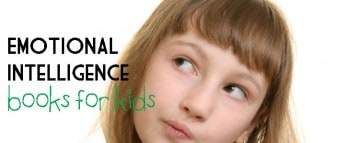
Emotional intelligence books for kids
Toys for Emotional Intelligence
EQ Board Game

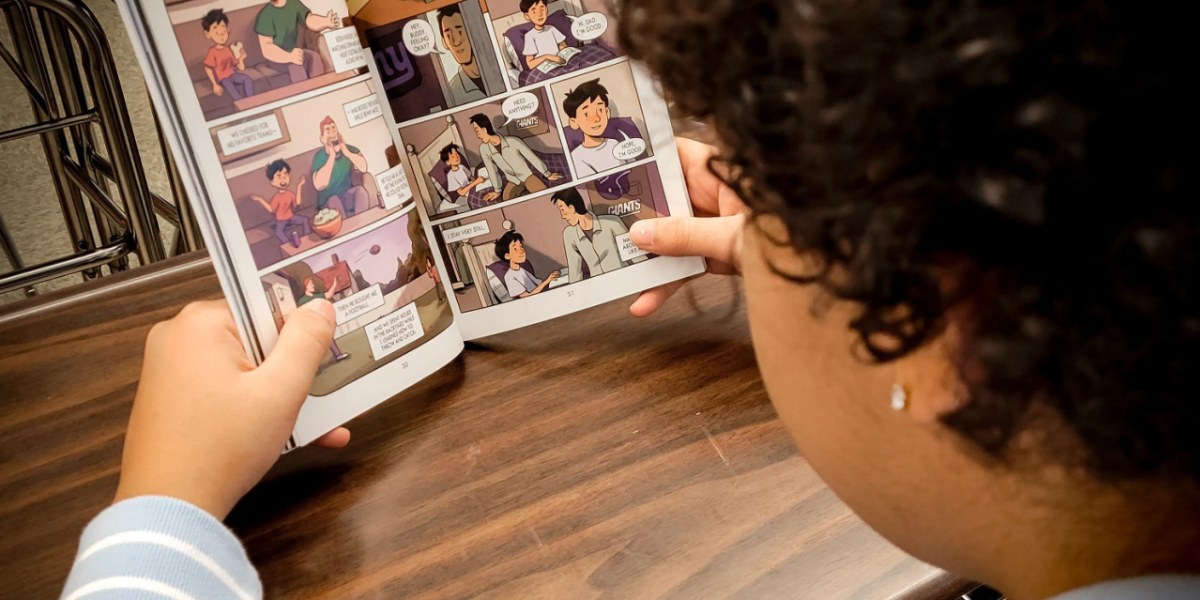
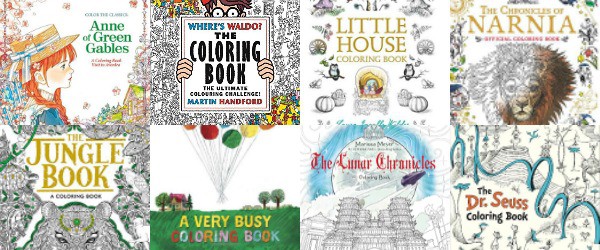
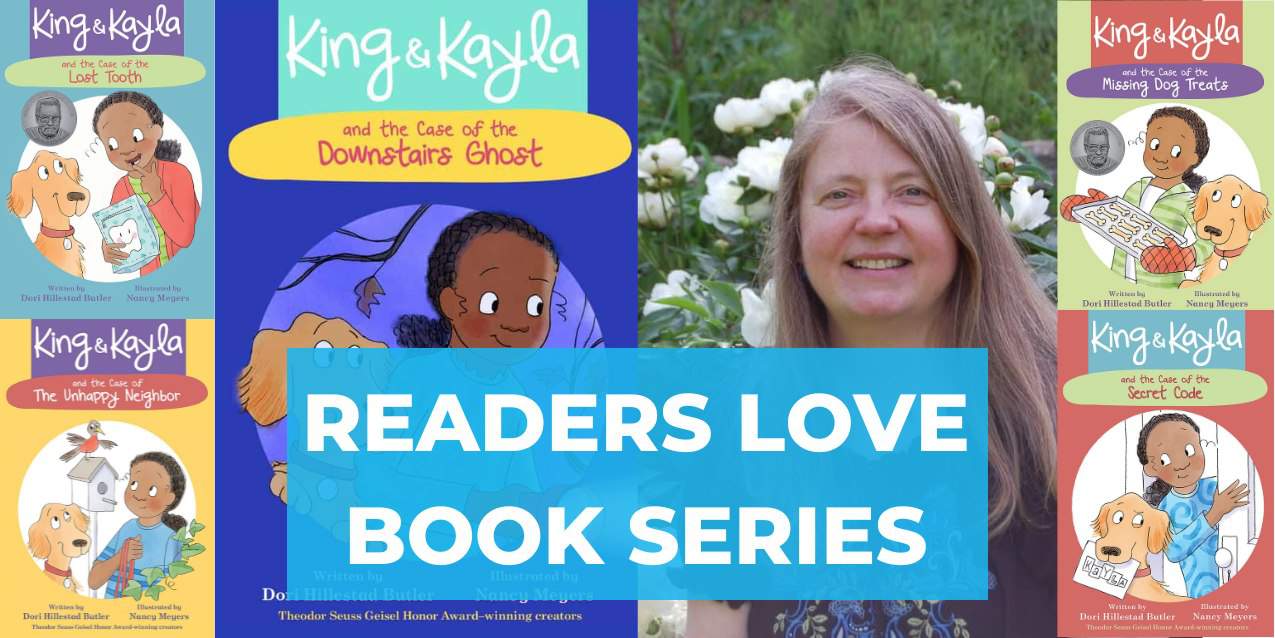

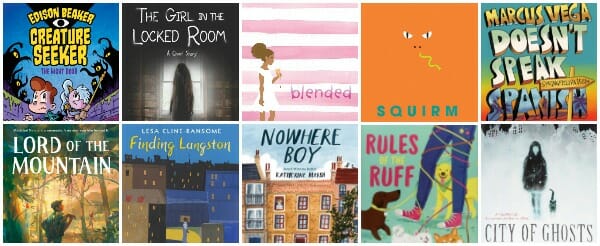

Happiness is an integral part of emotional intelligence. As long as you are happy you have a better mindset of your personal goals in life.
Hello There. I discovered your weblog the use of msn. That is an extremely smartly written article. I?ll be sure to bookmark it and come back to learn more of your helpful info. Thank you for the post. I will definitely comeback.
Hey, im from Dream Treasure Rewards crew. We Offer Popular Rewards for Filling Out On line Surveys As well really being around for over 14 years and having amazing customer support to spend time with our members, we are also acknowledge throughout the net society for providing superb benefits. Not like a lot of reward websites that provide you the world then fail miserably, this web site is known to supply some of the best rewards existing. Here are quite a few of the several good reward you can earn when you complete our online surveys: iPads, iPhones, Discount cupons, mp3 players and more cool stuff.
Hi Michelle,
Thanks so much for your kind words about Lee & Low! We always love hearing how these books are being used in classrooms – I’m so glad they’ve been so successful with your students!
Another publisher like us, who also does multicultural children’s books, is Children’s Book Press – they’re based out of San Francisco but have a similar focus to ours and also produce some great books (one of my recent favorites is TAN TO TAMARIND). I’d definitely recommend checking them out too.
Great post!